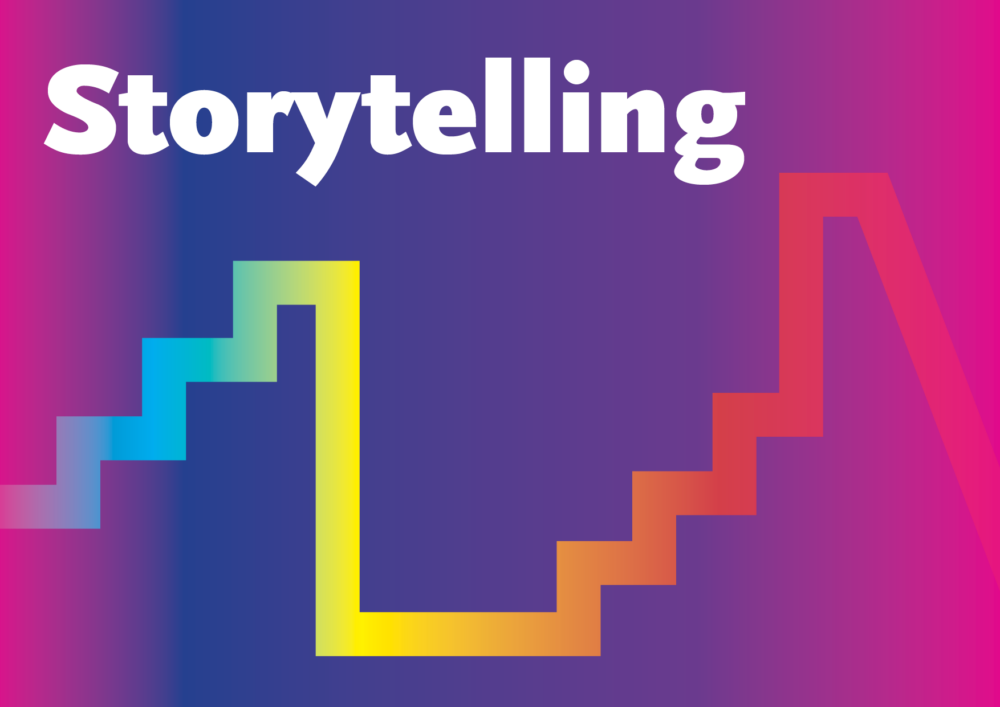Storytelling plays an important role in both my teaching and my work as a designer.
In my design classes, I use storytelling techniques as tools for inspiration. Within each interaction between a user and a design lies a story. Whether it’s the design of an exhibition, a book, a public space, or even an object, these contexts encompass elements of a narrative. How does the exhibition design align with the thematic narrative? How does the visitor’s emotional journey evolve while progressing through the exhibition? What specific path must the visitor traverse to experience the narrative? Similar questions arise when designing a book, an object, or an interior space.
I designed an exercise based on the narrative arc, in which the designer simulates the interaction between a user (portrayed by a Playmobil puppet) and the scale model they’ve created. This exercise prompts questions such as: How does the user engage with the design? How does the design influence the user’s behavior? What emotions does the user experience when interacting with the design?
In my work, I use storytelling techniques not only to construct narratives and develop characters but also to gain insights into the reader and to experiment with the story itself.
My favorite books on storytelling are “Invisible Ink” by Brian McDonald. This book teaches how to craft stories irrespective of the medium.
Another book that I use almost daily is “Design is Storytelling” by Ellen Lupton. This book introduces numerous tools and methods that aid in brainstorming and finding inspiration.
